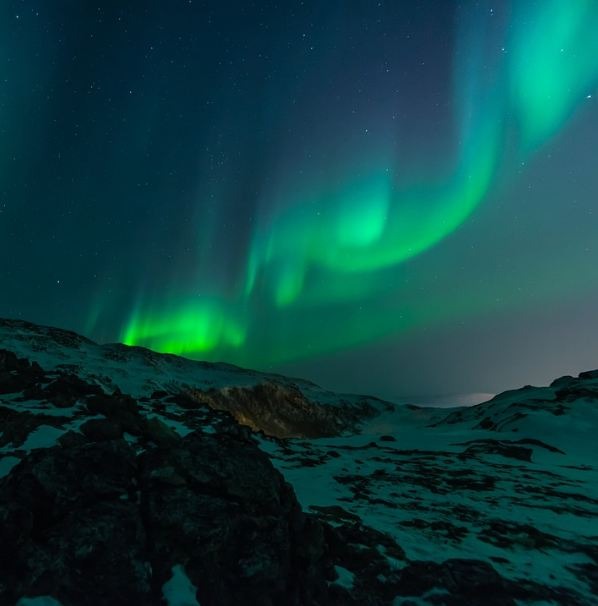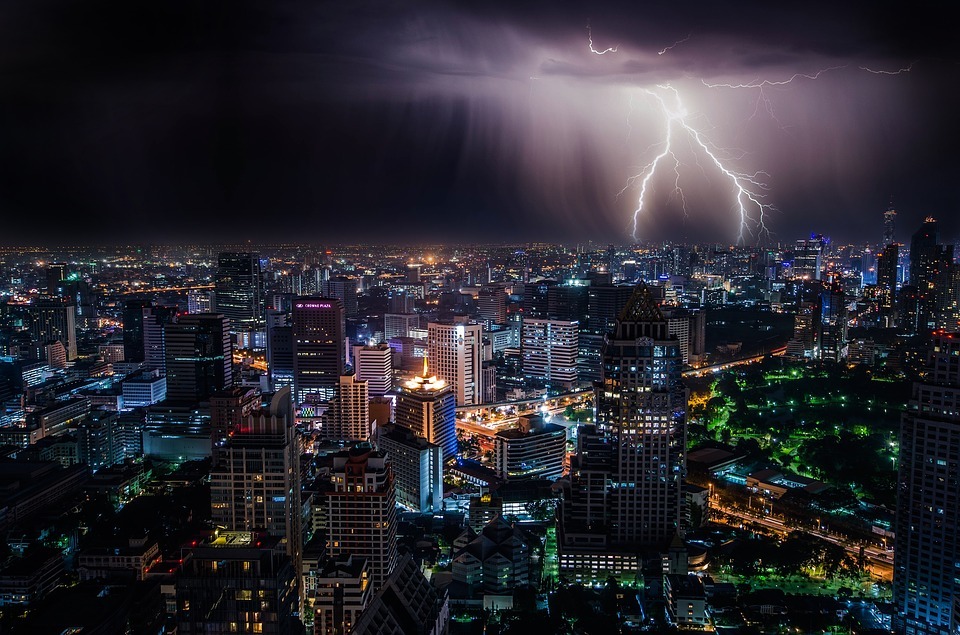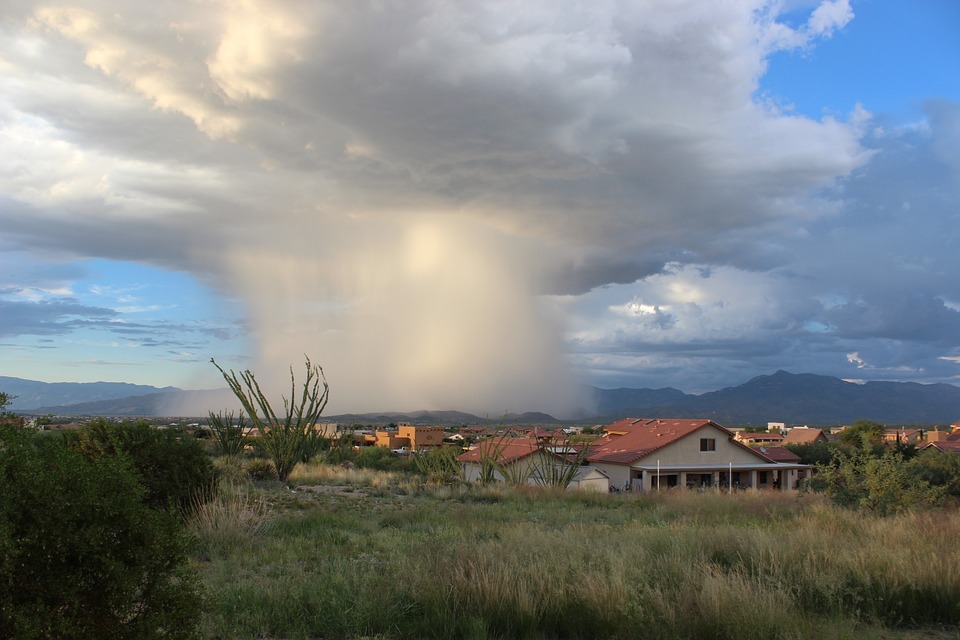What Ancient Cultures Believed About the Northern Lights
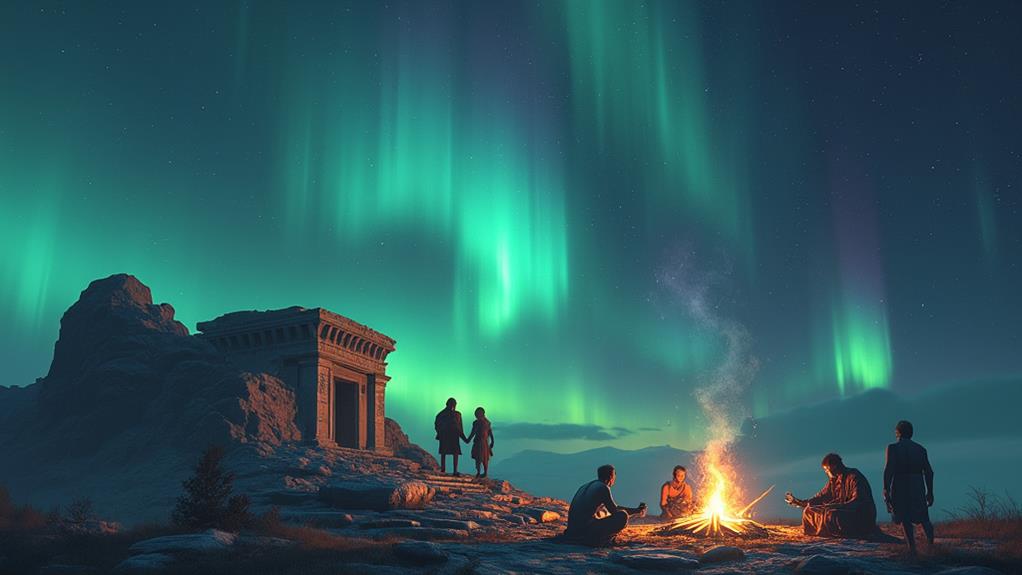
Ancient cultures found profound spiritual significance in the Northern Lights, interpreting them as more than just natural phenomena. The Norse believed they were the Bifrost Bridge to Valhalla, while the Sami considered them to be the souls of ancestors. Indigenous tribes like the Cree saw messages from their forebears in the lights, and Estonians referred to them as "Merry Dancers" celebrating in the sky. These interpretations highlight the deep cultural connections to the natural world and provide insight into their worldviews and values.
Cultural Significance Across Regions
Throughout history, diverse cultures have imbued the Northern Lights with profound meanings and connections to their beliefs. Ancient cultures saw these lights as more than just natural phenomena; they believed the Northern Lights were manifestations of spirits or gods. For instance, Norse mythology depicted the lights as the Bifrost Bridge, a celestial path leading to Valhalla, while the Sami people viewed them as the souls of the dead.
In Greek mythology, the Northern Lights were linked to Aurora, the goddess of dawn, symbolizing a new day. Similarly, Romans saw them as the harbinger of Aurora, reflecting their cultural significance. Indigenous people, like the Cree and Inuit, believed the lights were spirits of ancestors or messages from the deceased, showing a deep connection to the afterlife.
European cultures also attached significant meanings to the Northern Lights. Scots called them "Merry Dancers," interpreting their appearance as omens of historical events, such as wars and plagues. Meanwhile, Aboriginal Australians saw the Aurora Australis as divine dances of gods, associating the lights with good fortune and celebration. These diverse interpretations highlight the rich cultural significance that ancient cultures and indigenous people placed on the Northern Lights.
Myths and Legends
The Northern Lights have inspired a wealth of myths and legends across various cultures, each attributing unique meanings to this enchanting phenomenon.
For the Vikings, the Northern Lights were reflections from the Valkyries' shields, signaling the selection of warriors for Valhalla. This belief was deeply rooted in Norse mythology, where the auroras were also seen as the Bifrost Bridge, a pathway to Valhalla, symbolizing the journey of honored warriors after death.
Indigenous North American tribes, such as the Cree and Algonquin, had their own interpretations. The Cree believed that the Northern Lights were the spirits of ancestors communicating with the living. Algonquin lore attributed the lights to the fire of the cultural hero Nanahbozho, illuminating the sky.
For the Sámi people, the auroras represented the souls of the deceased. They believed it was dangerous to speak about them, fearing their ominous nature.
In contrast, the Estonians had a more positive perspective, referring to the auroras as "Merry Dancers." They interpreted these lights as heavenly celebrations.
Here are four notable beliefs:
- Vikings and Valkyries: Reflections from shields, Bifrost Bridge to Valhalla.
- Indigenous North American tribes: Spirits of ancestors, Nanahbozho's fire.
- Sámi people: Souls of the deceased, ominous nature.
- Estonians: Merry Dancers, heavenly celebrations.
Symbolism and Spirituality
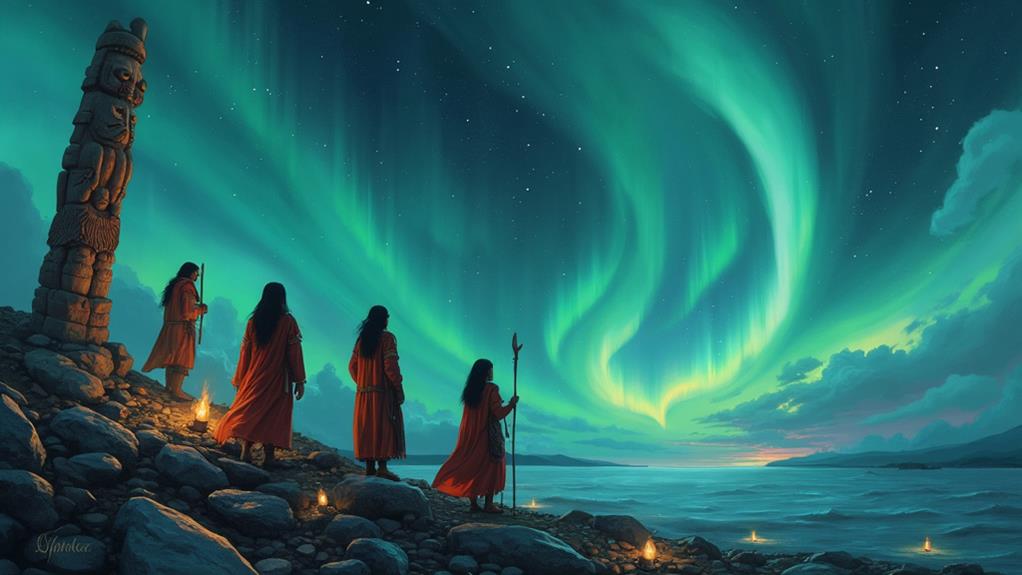
Many ancient cultures imbued the Northern Lights with profound spiritual significance, viewing them as divine manifestations. The Vikings, for example, saw the auroras as reflections from Valkyries' shields, symbolizing honor and valor in battle. This symbolism extended to the idea of fallen warriors ascending to Valhalla, often associated with the Bifrost Bridge—a mythical pathway connecting the earthly domain to the afterlife.
For the Sámi people, the Northern Lights held a more cautious meaning. They believed the lights were the spirits of the deceased, and discussing the auroras was avoided to prevent attracting these spirits. Similarly, Indigenous tribes in North America, such as the Cree and Algonquin, saw the auroras as spiritual communication channels, linking the living with their ancestors.
Some ancient cultures also attributed positive meanings to the Northern Lights. For instance, Icelanders associated them with alleviation of childbirth pain, interpreting the lights as a sign of good fortune. Overall, the symbolism of the Northern Lights varied widely but consistently reflected a profound connection between the natural world and the spiritual realm, embodying themes of honor, communication, and fortune.
Scientific Understanding
While ancient cultures interpreted the Northern Lights through myths and spiritual beliefs, modern science has revealed the true mechanisms behind these mesmerizing displays. The aurora is caused by the interaction between solar wind, composed of charged particles emitted by the sun, and Earth's magnetosphere, resulting in vivid light displays primarily near the polar regions.
The color variations in auroras, such as greens, reds, and purples, arise from different gases in Earth's atmosphere reacting to solar energy. Specifically, oxygen produces green and red hues, while nitrogen contributes to purples and blues. Auroras are most commonly visible in the Auroral Oval, a region encompassing the Arctic and Antarctic circles where geomagnetic activity is strongest.
Key points to consider are:
- Solar Activity: Heightened solar activity, like solar flares and coronal mass ejections, intensifies auroral displays.
- Scientific Advancements: Satellite monitoring and ground-based observation stations have improved auroral prediction and understanding.
- Geomagnetic Activity: The Earth's magnetosphere plays an essential role in creating these light displays.
- Historical Records: Auroras have been documented for thousands of years, often correlating with periods of increased solar activity.
These insights enhance our understanding of this natural phenomenon.
Modern Perspectives on Auroras
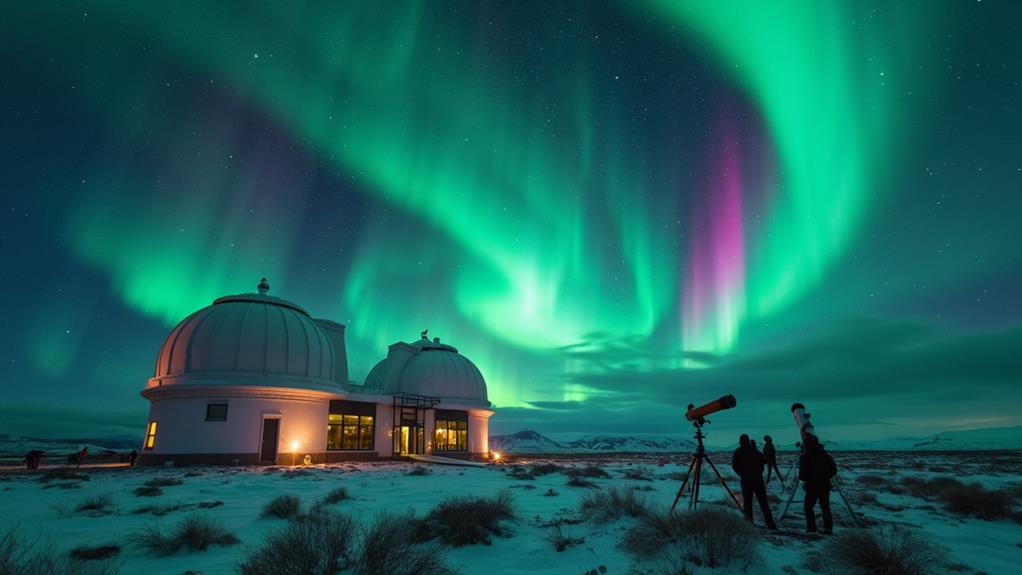
Shifting gears from ancient myths to modern marvels, our understanding of auroras has become firmly rooted in science. We now know that the Northern Lights, or aurora borealis, result from the interaction between solar wind and Earth's magnetosphere. Unlike the ancient Greeks, Inuit tribes, or Vikings who attributed cultural beliefs to these lights, modern perspectives rely on scientific explanations.
Technological advancements have revolutionized our approach to auroras. Satellite monitoring and solar wind tracking enable scientists to predict auroral displays with remarkable accuracy. This not only aids in research but also supports the flourishing aurora tourism industry. In places like Norway, Iceland, and Canada, guided tours and photography workshops offer opportunities to experience the Northern Lights up close.
Social media and online communities have also transformed how we engage with auroras. Enthusiasts share sightings and tips, creating a global culture of appreciation. Educational programs further bridge the gap between the public and scientific understanding, providing insights into the underlying phenomena.
Modern perspectives don't just demystify the Northern Lights; they enrich our experience of them. By blending ancient wonder with cutting-edge science, we gain a deeper appreciation for this spectacular natural phenomenon.


